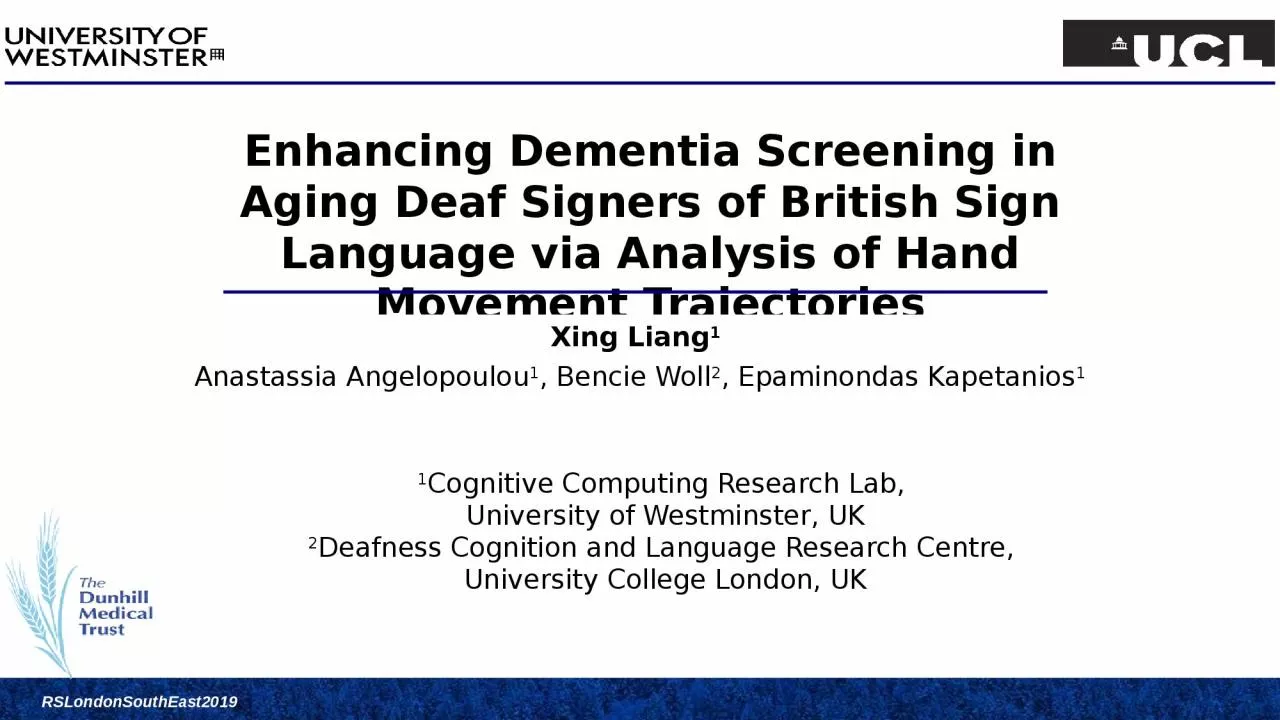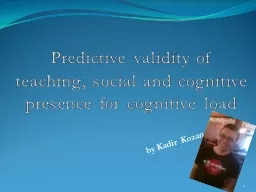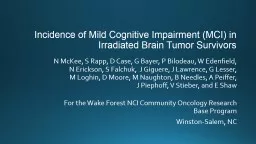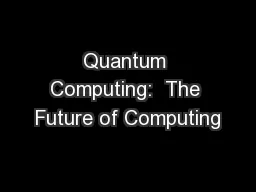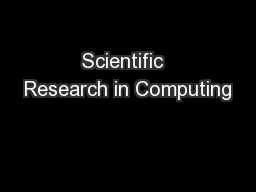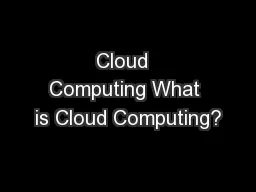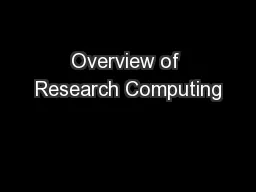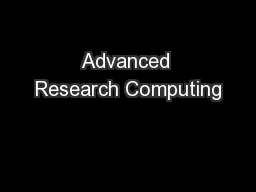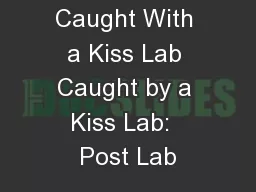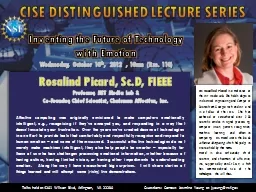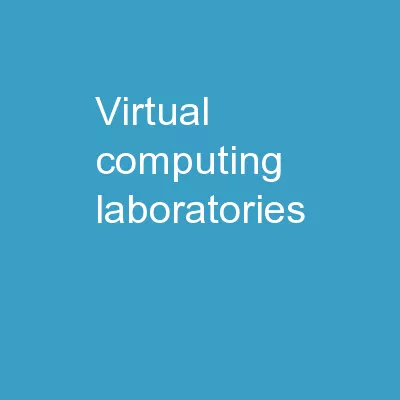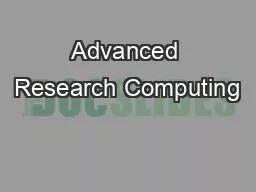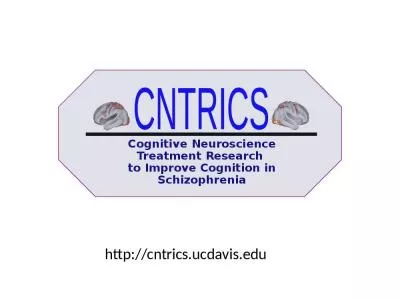PPT-1 Cognitive Computing Research Lab
Author : Heartbreaker | Published Date : 2022-08-04
University of Westminster UK 2 Deafness Cognition and Language Research Centre University College London UK Enhancing Dementia Screening in Aging Deaf Signers
Presentation Embed Code
Download Presentation
Download Presentation The PPT/PDF document "1 Cognitive Computing Research Lab" is the property of its rightful owner. Permission is granted to download and print the materials on this website for personal, non-commercial use only, and to display it on your personal computer provided you do not modify the materials and that you retain all copyright notices contained in the materials. By downloading content from our website, you accept the terms of this agreement.
1 Cognitive Computing Research Lab: Transcript
Download Rules Of Document
"1 Cognitive Computing Research Lab"The content belongs to its owner. You may download and print it for personal use, without modification, and keep all copyright notices. By downloading, you agree to these terms.
Related Documents

